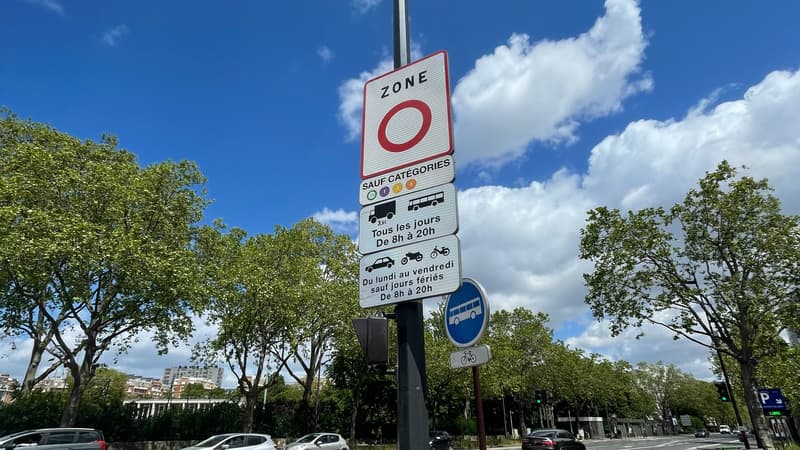The Grenoble metropolis published on Monday the decree establishing a low emission zone (ZFE) for individuals, but only from Monday to Friday, from 7 a.m. to 7 p.m.
Three years after the creation of a full-time ZFE for utility vehicles and heavy vehicles, the zone for people currently refers to Crit’Air 5 vehicles, with a six-month “pedagogy” period during which none will apply. verbalization.
On January 1, 2024, the ban will be extended to Crit’Air 4 vehicles, then on January 1, 2025 to Crit’Air 3 vehicles.
The ZFE of the Grenoble metropolitan area, which affects 13 of the 49 municipalities, will not be permanent and will apply from Monday to Friday, from 7 a.m. to 7 p.m.
“We wanted to allow more flexibility and support behavior changes,” Cécile Cénatiempo, air quality advisor for the Grenoble metropolitan area, said during a press conference.
Exemption for “little cyclists”
Certain traffic routes will also be exempt: lanes serving park-and-ride facilities and stations, highways, access roads to certain hospitals, and access roads to mountain ranges.
Other exceptions will apply, in particular in favor of “small cyclists” (less than 5,000 km per year), workers with staggered schedules, general-interest vehicles… A daily pass will also be granted, usable 12 times a year. available to all.
The Grenoble metropolitan area ZFE has been the subject of criticism from both sides of the political spectrum. The green majority of the city of Grenoble had called for “more ambitious” measures, while opponents, elected officials or citizens, denounced an “ecologically ineffective and socially unfair” measure.
“Changes” and “adjustments” can be made to these elements during ZFE implementation, Cécile Cénatiempo said, mentioning a “revision clause” for 2026.
To date, eleven metropolises, the first of which were Lyon, Grenoble and Paris, have their ZFEs with different hours. The generalization in France of these zones is foreseen by law for 2025 in the 43 agglomerations of more than 150,000 inhabitants.
Source: BFM TV


